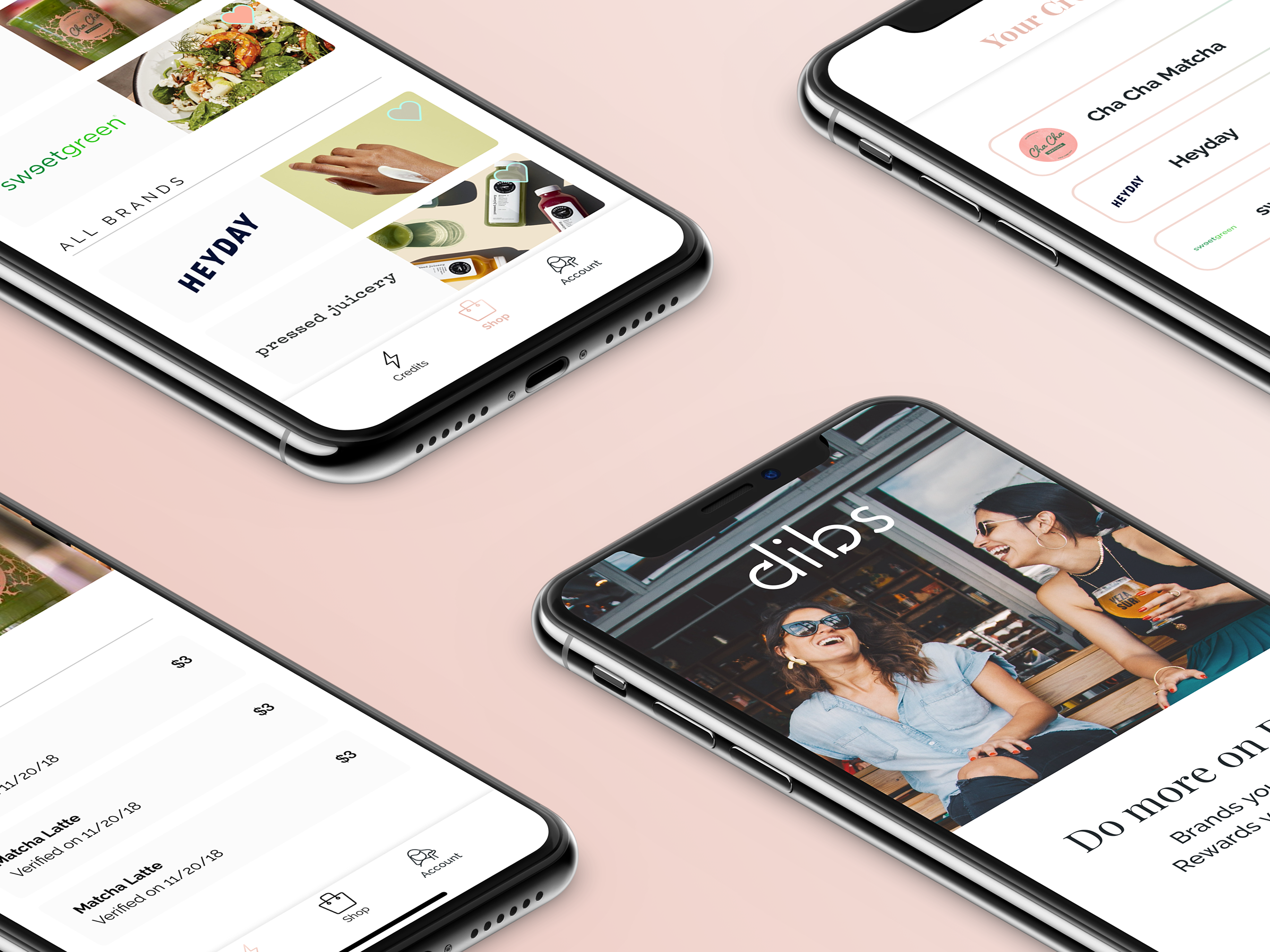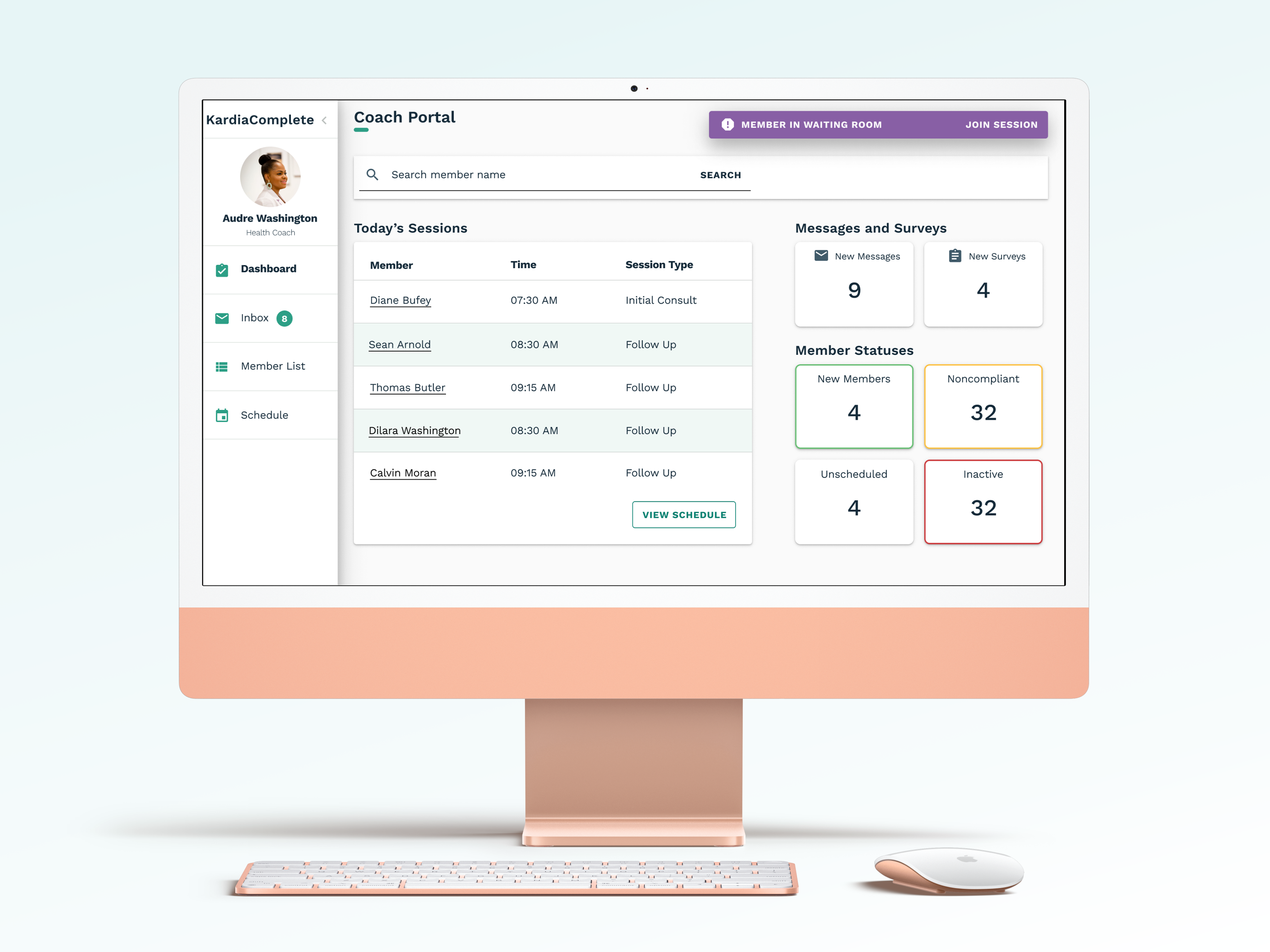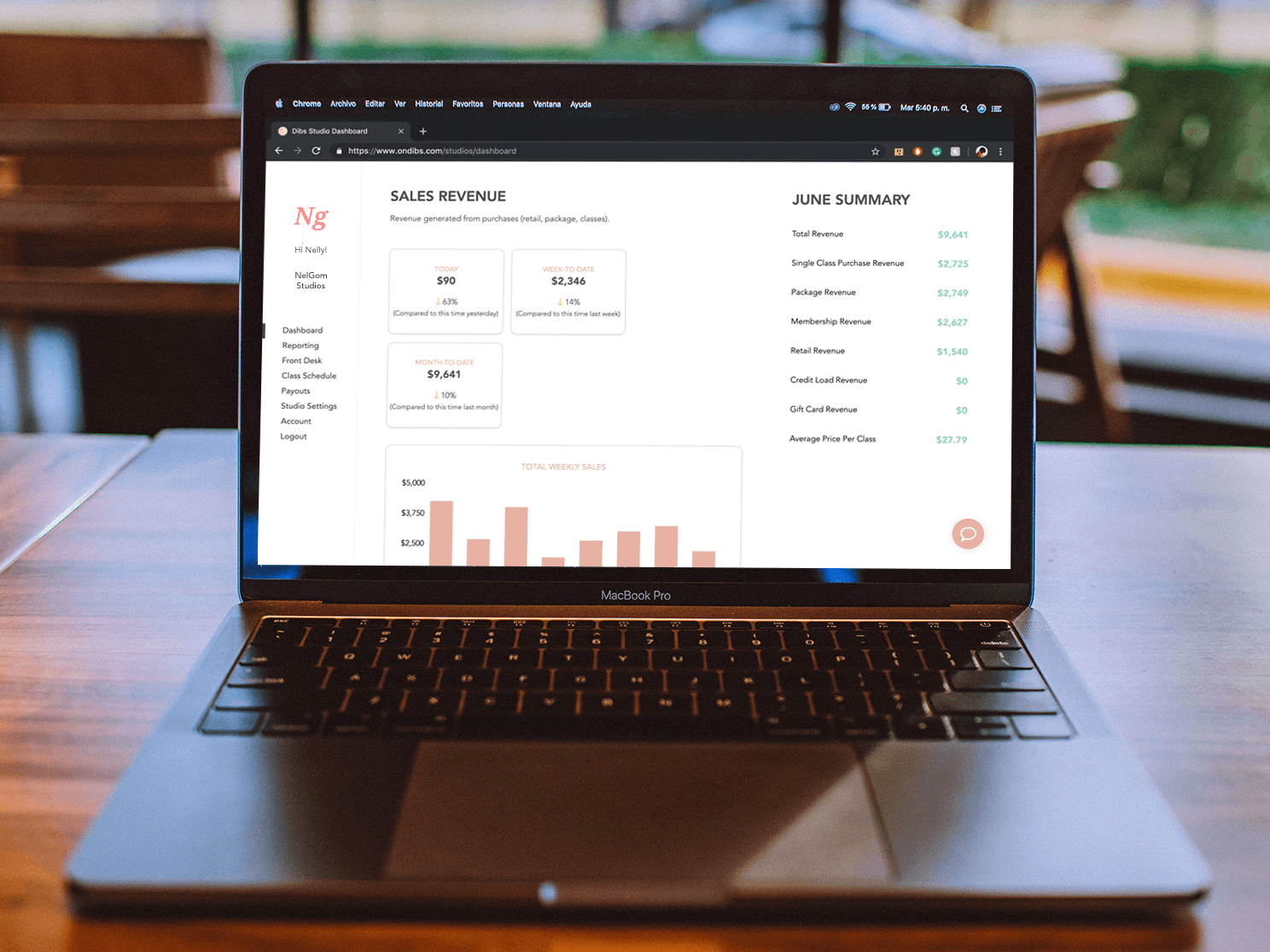INTRODUCTION
Korean K9 Rescue is a group of volunteers in New York City. They work in partnership with local and regional South Korean dog rescues/activists and high-kill shelters. They rescue the dogs and bring them to New York City for a second chance at a loving forever home.
Their mission is to end the meat trade in Korea by creating awareness and putting pressure on the Korean government. Currently, they rely on their Facebook and Instagram pages with over 7K follows total to spread the word of their mission. Korean K9 Rescue wants to invest in a more organized and responsive website to raise awareness and to simplify the application process.
Client: Korean K9 Rescue
Role: Research, Concepting, Wireframing, Design
Tools: Pen and Paper, Sketch, InVision
Time Frame: 2 weeks (80 hours)
Korean K9 Rescue's current homepage
The Challenge:
• Korean K9 Rescue needs an updated and responsive website to increase their online presence.
The Solution:
• Create a responsive website to focused on promoting awareness on the dog meat trade and donation.
• Simplifying their online adoption process to make adoption even easier and increase their online presence.
RESEARCH
Research Goals:
• Learn about the meat trade and how organizations are currently spreading awareness.
• Learn about the adoption process and empathize with adopters and their pain points.
• Find out people's sharing habits on social media.
Secondary Research & User Interviews:
In Korea, dogs are being slaughtered for their meat at more than 17,000 dog meat farms. Dog meat is part of the culture in Asia. An estimated 30 million dogs are killed each year for their meat. In South Korea, Humane Society International has shut down 10 dog meat farms and rescued more than 1,200 dogs.
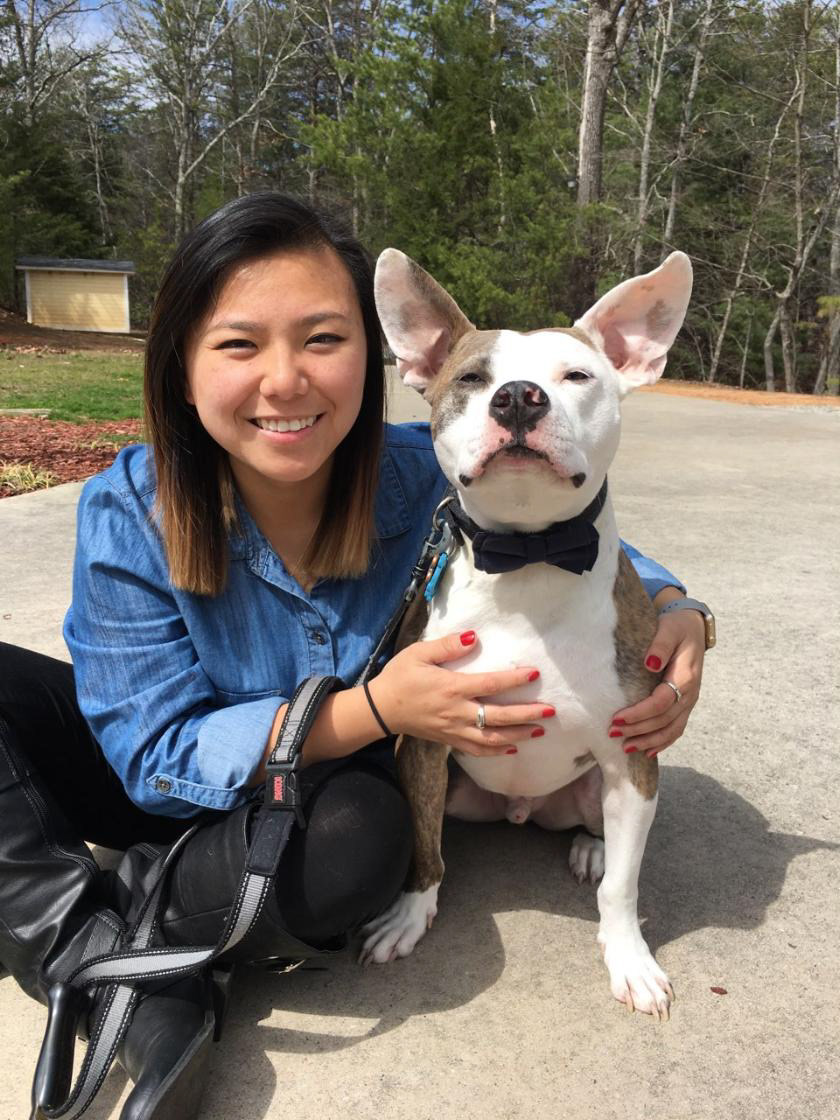
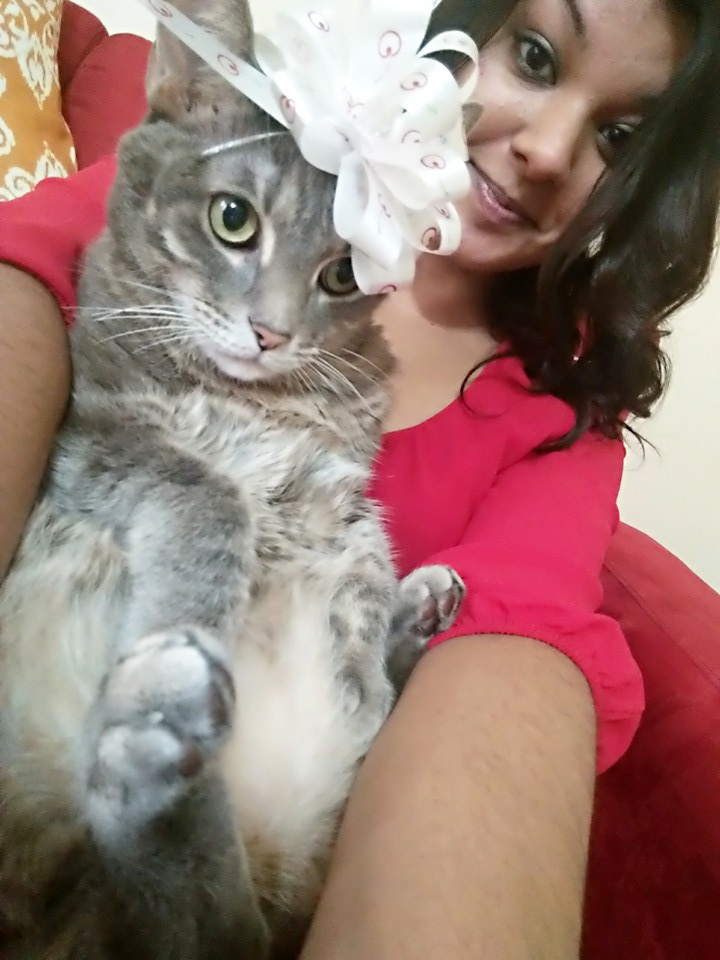
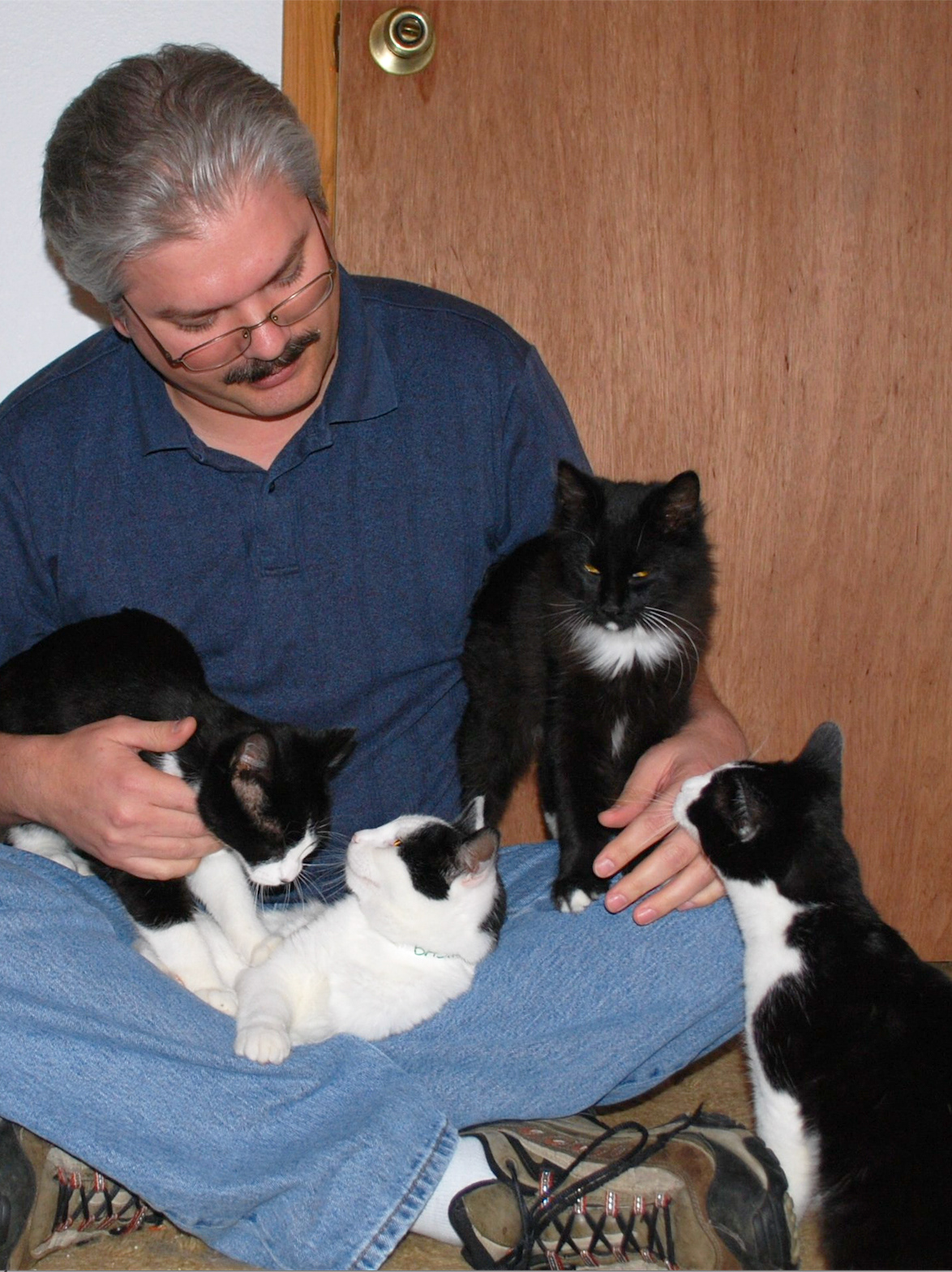
I interviewed 4 people, 2 who adopted their current pets, 1 who fosters, and 1 who has done both and has worked at a shelter.
Adoption process:
From these interviews, I learned that people work with organizations with beliefs that they agree with. Before adopting a pet, it is important to find out as much information of the pet as possible. Lastly, applications can be long and very strenuous because the shelters need to be sure the pet will be in good hands.
"If you find it to be very strenuous, then it is okay to go to a different shelter. But, you also have to think about why their process is strenuous."
"Make sure the shelter tells you the background [of the pet], and see if [you connect]. And sometimes it's good to take them. I probably could have lost Luna if I didn't adopt her on the spot"
"Find [a shelter] that has beliefs that you agree with. With Purrfect Pals, it's "Every cat matters" and I've seen many, many times that they live by that."
Social media habits:
When it comes to sharing on social media, people are more prone to sharing positive and happy posts. However, people also share posts to raise awareness of issues they believe in and the 'not-so-pretty side of being a pet owner/foster. Another reason why people share posts on social media is to try to pique people's interest in certain topics/activities.
"The mood is normally pretty happy. The posts I share about Bandit are all about how he spent 5+ hours sleeping on the couch, or how we made a stride with his training, or with his dog aggression."
"[I share posts to] make it aware that I do have a pit bull, but he isn’t the typical pit bull most people are afraid of."
"People want to see cute fuzzy kittens so I try to give them that. But life isn't all fuzzy rainbows so I try to keep it real."
"I share to 'drump' up interest in people wanting to adopt [my fosters]."
Persona & Journey Map:
From the responses I received from interviews, I created the persona, Kathleen. She lives in the busy state of NY working as a fitness instructor. She is an animal lover with a family pet of her own, who she recently lost. Kathleen might live in a stressful city, but does not want to stress out when trying to adopt a new family dog.
To empathize more with my persona, I created a journey map showing her emotions and thoughts throughout the process of adopting a dog. From the journey map it is easy to see the entire process can take less than a week to complete. We can also see Kathleen's emotions decline when she begins to learn about the adoption process until the final moment she can take her new dog home.
WEBSITE STRUCTURE
Sitemap:
To better organize the information on the site, I created a sitemap that simplified their navigation. I grouped related sections together while making sure all current information is still included on the new site.
Wireframing:
Using the current site and research findings, I created a homepage that would feature all the main information.
A pet profile page was made to show all the background information of each adoptable pet. Social media links were included on each page for users to easily share and potentially increasing traffic to the site.
Korea K9 Rescue's applications are currently submitted via Google Forms. I implemented them onto the site in separate sections making it easier for users to follow the steps and complete it.

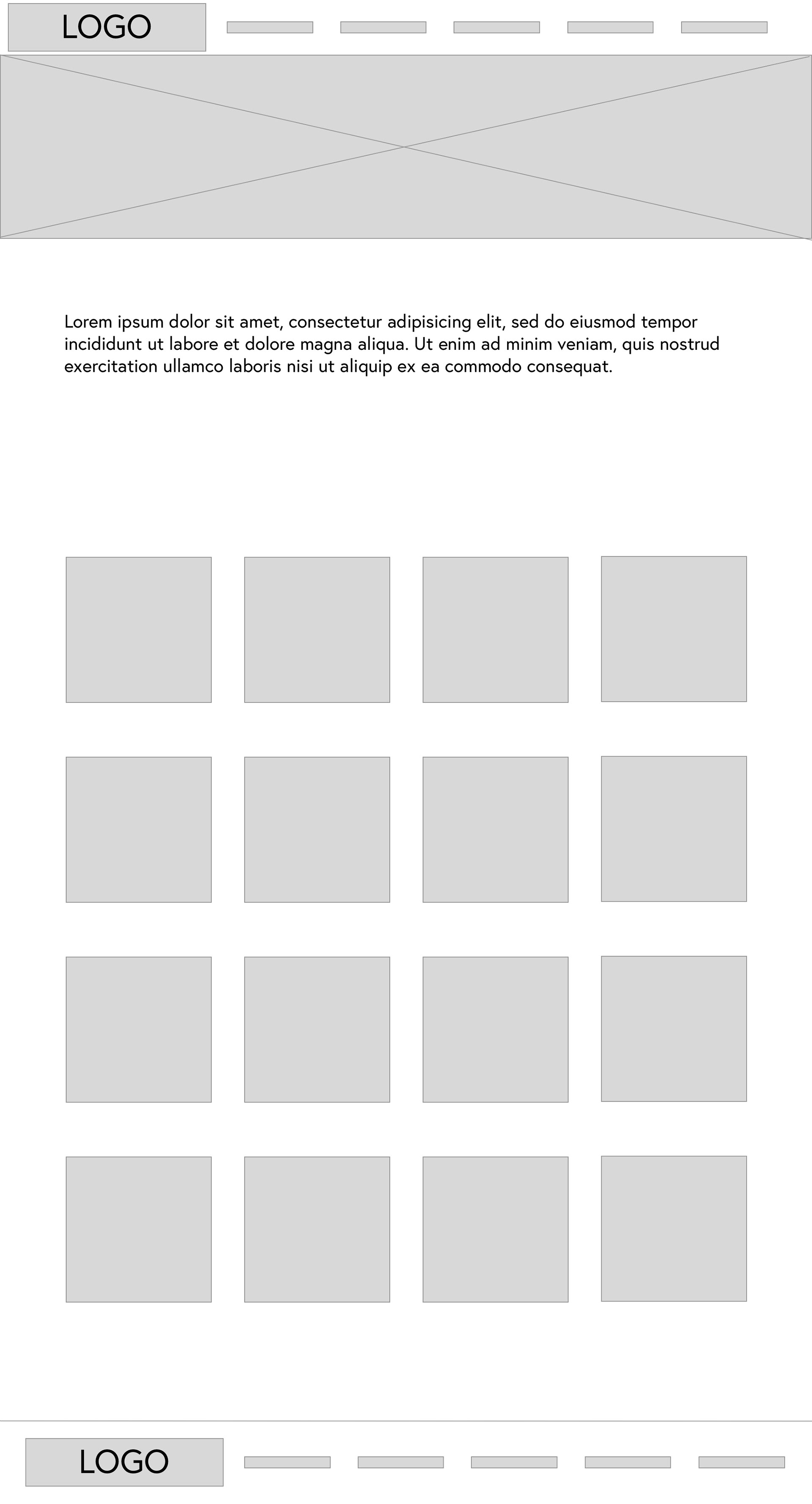
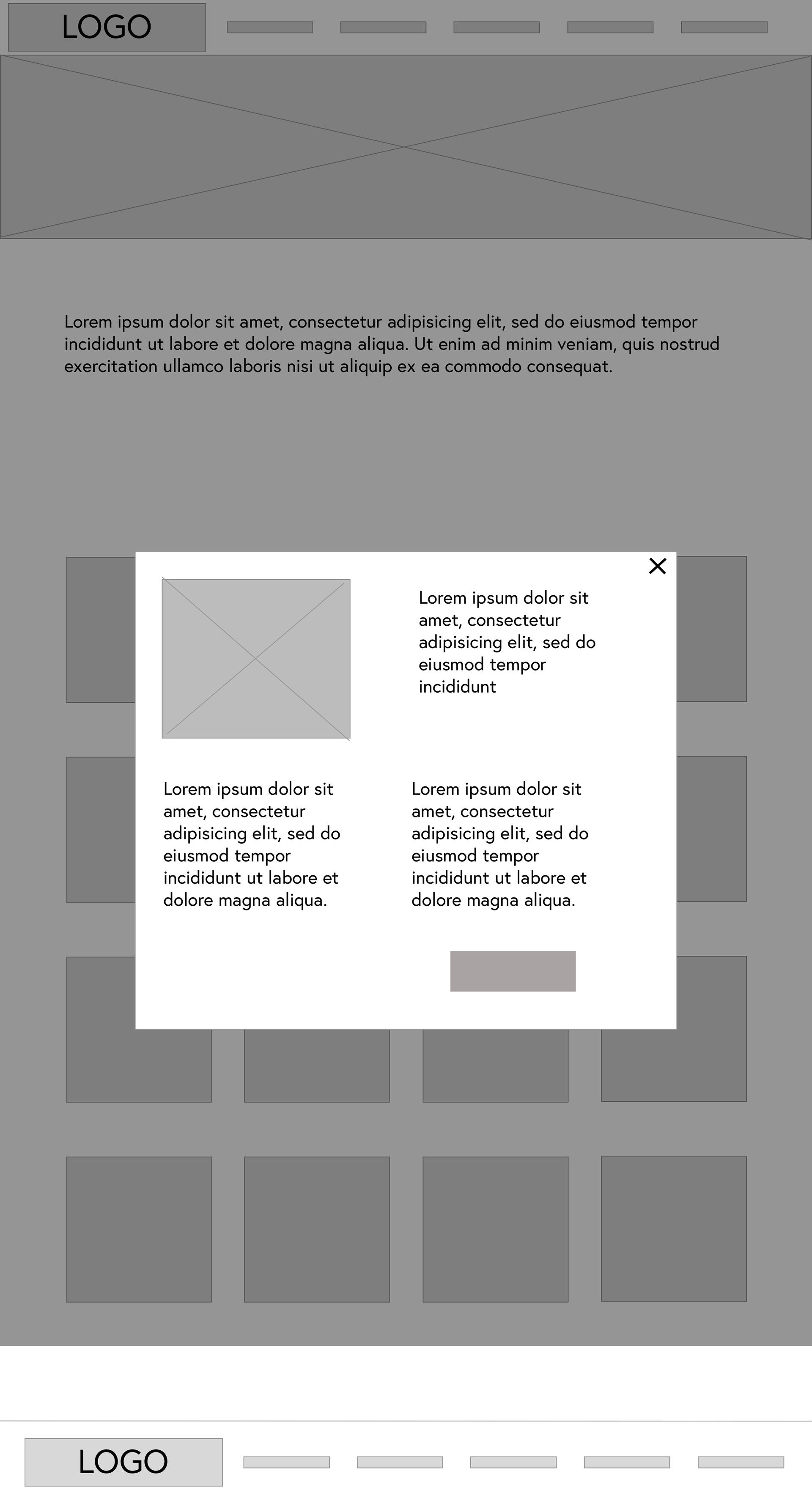
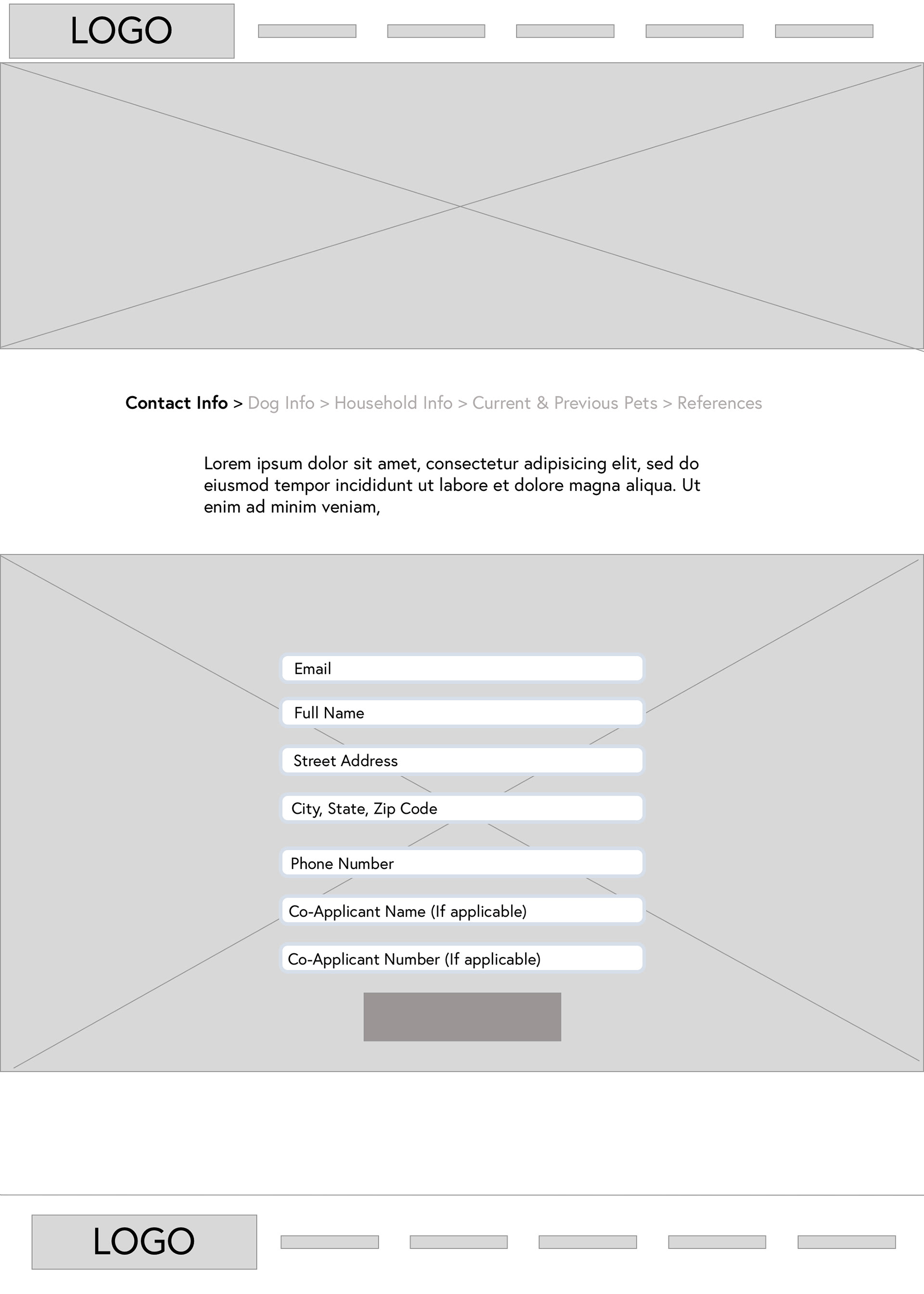


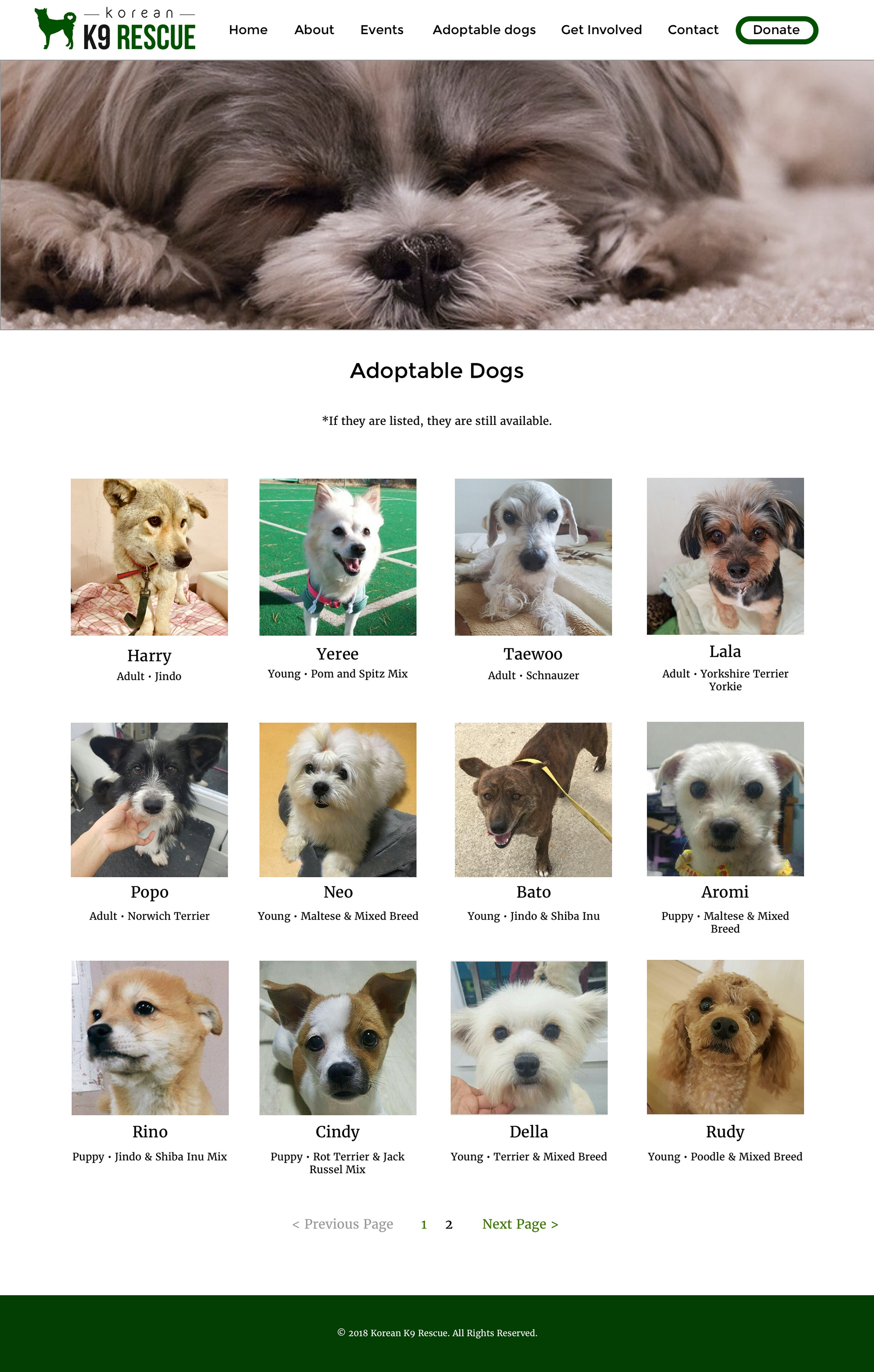



PROTOTYPING & USER TESTING
I tested the site remotely via Google Hangouts while screen sharing with 3 people and 1 in-person test. All four participants were from different backgrounds. I needed to know that the site is intuitive enough for people who are not familiar with pet adoptions/shelter sites to navigate.
Because Korean K9's goals were to have a concise site and simplified application process, I asked participants to read more about the organization, find a specific pet, and fill out an application form.
As an all-volunteer non-profit organization, donations are important to Korean K9 Rescue. For the last task, I asked participants to make a donation to test the ease of the process.
Feedback:
After collecting the results from the user test, I put together an affinity map to organize all the results and feedback received. All participants were able to complete each task without any trouble. Unanimously, it was agreed that the site was straightforward and easy to navigate.
Some feedback received included changing the fonts on the page, using an alternate way to show progression in the application form, and including a more in-depth mission statement. A participant also suggested using better images on the homepage to better tell the mission of the organization.
NEXT STEPS
From the affinity map, I was able to improve my initial prototype. The secondary font was changed from a serif to sans-serif, the alignment was fixed on multiple pages, and more images were added to the homepage. The donation page was updated with the clearer choice of donating with PayPal or credit card. A dropdown form was added for the payment information. For future updates, I would incorporate successful adoption stories that would be shareable to social media to raise awareness of the issue.
LIVE SITE
After completing this project, Korean K9 Rescue contacted me regarding the design. With new insights and needs from the client, the design has been iterated. I worked with a developer and the new design is live at www.koreank9rescue.org!
